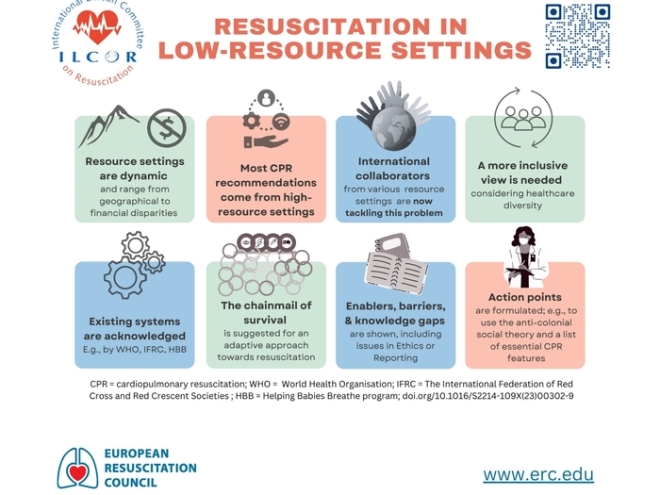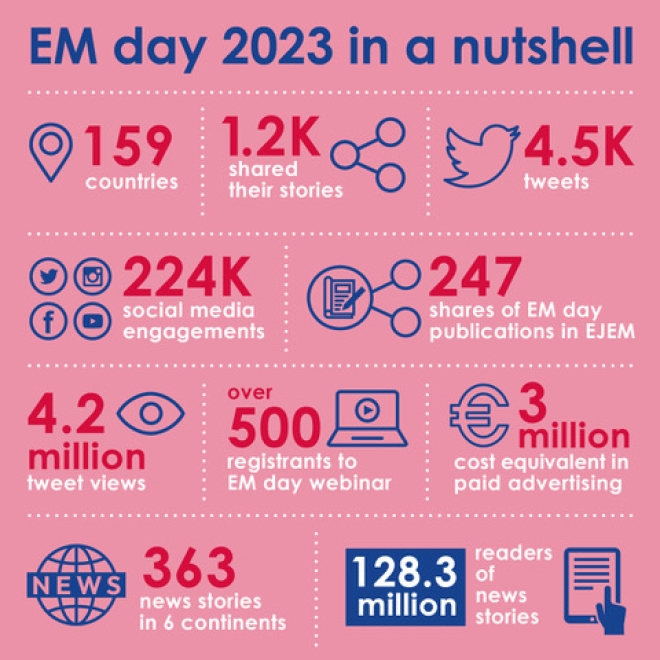PRESS RELEASE Prescribing just a few opioid tablets to patients discharged from emergency departments can ease pain but prevent misuse
Embargo: 00.01 hrs CEST on Sunday 17 September 2023
Barcelona, Spain: Half of patients discharged from the emergency department need only five tablets or fewer of morphine 5 mg or an equivalent opioid pain killer, according to new research presented at the European Emergency Medicine Congress today (Sunday).
The recent crisis in opioid abuse has been partly attributed to over-prescription, particularly for chronic pain, and doctors have become cautious about giving these drugs to patients.
However, researchers say it is vital that patients are given sufficient medication to help them recover from pain and injury, and the new study will help emergency medicine doctors to get the balance right.
The research was presented by Professor Raoul Daoust, from the University of Montreal, Canada. He said: “Opioids such as morphine can be very beneficial for patients suffering acute pain, for example when they have injured their neck or broken a bone. However, patients are often prescribed too many opioid tablets and that means unused tablets are available for misuse. On the other hand, since the opioid crisis, the tendency in the USA is to not prescribe opioids at all, leaving some patient in agonising pain.
“With this research I wanted to provide a tailored approach to prescribing opioids so that patients have enough to manage their pain but almost no unused tablets available for misuse.”
Professor Daoust and his colleagues recruited 2,240 adult patients who were treated at one of six hospital emergency departments in Canada for a condition that causes acute pain. All were discharged with an opioid prescription and were asked to complete a pain medication diary for the following two weeks.
Overall, half of patients took five morphine tablets (5mg) or fewer. However, the number of tablets that would be enough for most patients for two weeks varied greatly according to the patient’s painful condition. For example, patients suffering from renal colic or abdominal pain needed only eight tablets and patient with broken bones needed 24 tablets.
Professor Daoust said: “We found that, in general, patients consume few opioids, but this varies depending on the type of painful condition. Our findings make it possible to adapt the quantity of opioids we prescribe according to patient need. We could ask the pharmacist to also provide opioids in small portions, such as five tablets initially, because for half of patients that would be enough to last them for two weeks.”
The researchers now hope to apply their results in the clinic to evaluate whether they have an impact on long-term use and misuse of opioids.
Professor Youri Yordanov from the St Antoine Hospital emergency department (APHP Paris), France, is Chair of the EUSEM 2023 abstract committee and was not involved in the research. He said: “It’s estimated that millions of people around the world are struggling with opioid addiction and more than 100,000 people die of opioid overdose every year. These drugs play an important role in emergency medicine, but we need to ensure they are prescribed wisely.
“This study shows how opioid prescriptions could be adapted to specific acute pain conditions, and how they could be dispensed in relatively small numbers at the pharmacy to lower the chance of misuse. This research could provide a safer way to prescribe opioids that could be applied in emergency departments anywhere in the world.”
(ends)
[1] Abstract no: OA077, “Opioids for acute pain: how much to prescribe to minimize unused medication? (OPUM Study)” by Raoul Daoust et al, in the All sorts of pain session, 17:26 hrs CEST, Sunday 17 September, Room 131.
Note: When obtaining outside comment, journalists are requested to ensure that their contacts are aware of the embargo on this release.
Funding: The Canadian Institutes of Health Research Fund (CIHR)






